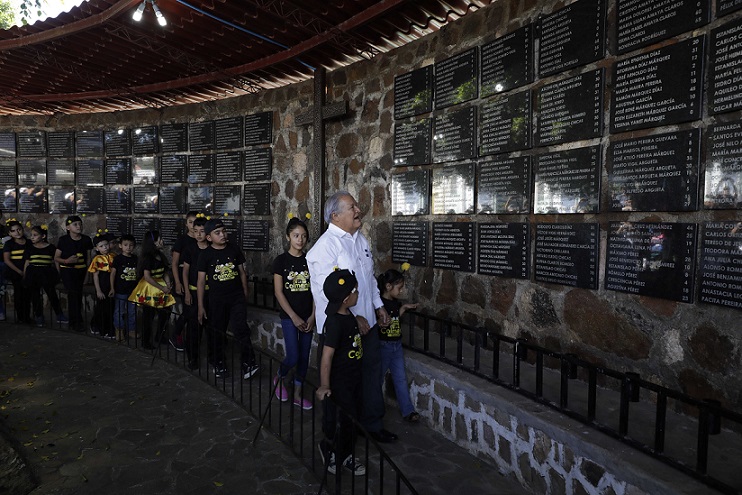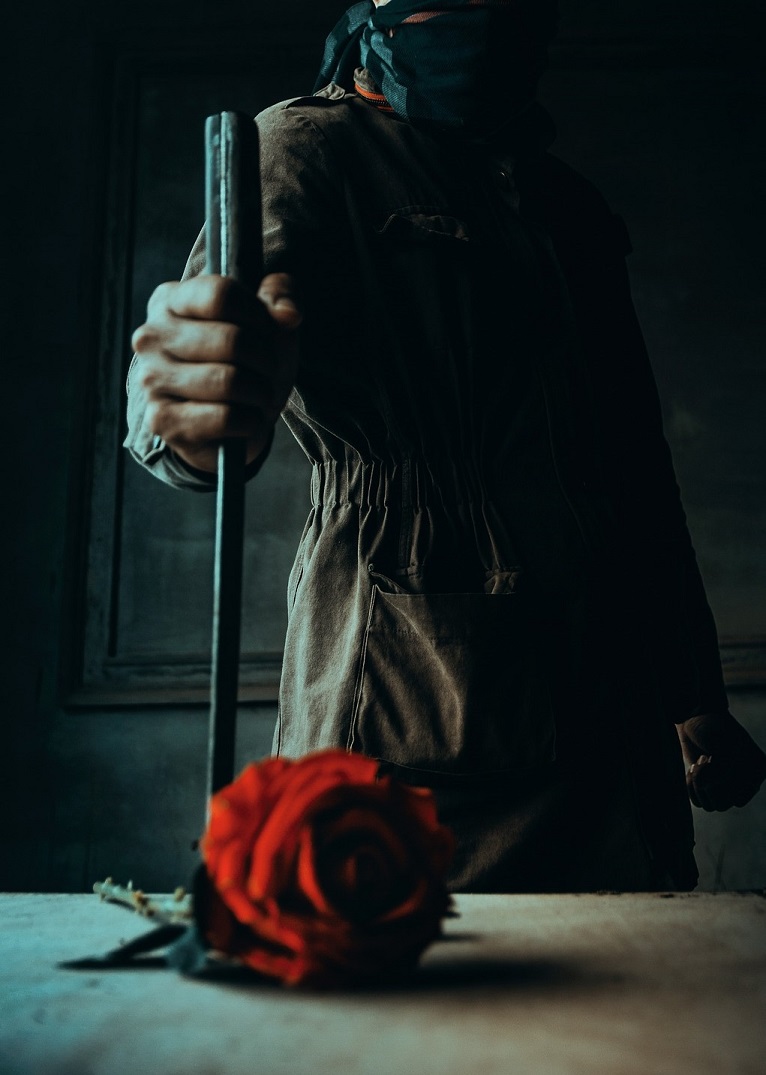The murder of four journalists from the Netherlands on 17 March 1982, the murder of the Jesuit priests on 16 November 1989, were brutal acts committed by a US-trained army. They took place in El Salvador. Forty-one years later, silence is still the main accomplice of impunity.

According to President Nayib Bukele, the army spent one million dollars a day to finance the war against the people.
But, without a doubt, the Massacre of El Mozote and surrounding areas, as it is remembered today, was the ultimate expression of all the horrors suffered by El Salvador.
At least 986 people were killed, 552 children and 434 adults, including 12 pregnant women and elderly people. It was a bloodshed that lasted from 10 to 12 December 1981, and still the silence is an accomplice of impunity.
Under the leadership of the notorious Colonel Domingo Monterrosa, a controversial military man, soldiers murdered children, raped women, burned bodies and committed the greatest atrocities in the country’s memory.
However, 42 years after the tragedy, the files on these events have not been opened, despite the fact that the victims’ families do not want to talk about reparations, but rather that justice be done and that the government open the archives where the damning information has been kept for years.
One survivor of the tragedy, Rosario López, says she lost 24 family members in a single day and from a mountain hideout with close relatives heard “the screams and dry bursts of gunfire. Dense smoke with the smell of burning flesh covered the night sky, she recalls.
“They burned everything. They even killed the pigs, the cattle, the animals, there was nothing left,” he recalled years later as he waited for justice to be done.
 El Mozote, La Joya, Cerro Pando, Jocote Amarillo, Ranchería and Los Toriles lost most of their inhabitants when, on 10-12 December 1981, thousands of soldiers launched the so-called Operation Rescue against the nascent guerrilla movement of the Farabundo Martí National Liberation Front (FMLN).
El Mozote, La Joya, Cerro Pando, Jocote Amarillo, Ranchería and Los Toriles lost most of their inhabitants when, on 10-12 December 1981, thousands of soldiers launched the so-called Operation Rescue against the nascent guerrilla movement of the Farabundo Martí National Liberation Front (FMLN).
Estimates of the dead and missing vary but the closest to the truth indicate that there were close to a thousand dead and missing, most of them children, and many victims have yet to be identified.
Many fell under the bullets of the so-called Atlacatl Immediate Reaction Infantry Battalion, a US-trained commando, which razed villages and villagers to the ground and was trained by US advisors.
According to human rights organisations, what happened in 1981 was part of a “policy of extermination” by the armed forces against rural populations, which they identified as the guerrillas’ rearguard.
Although the government of Mauricio Funes acknowledged the massacre in 2012, many perpetrators still live in total impunity. The culprits should also be sought in the United States, since the White House under President Ronald Reagan invested millions of dollars in the war in military equipment, training, food, the collaboration of advisors and the training of the battalions that carried out the genocide.
The then Under Secretary of State for Human Rights and Humanitarian Affairs, Elliott Abrams, ignored the allegations as “communist propaganda” and withheld the information from Congress. He is still in politics today.(PL)
(Translated by Cristina Popa – Email: gcpopa83@gmail.com) – Photos:












.jpg)












